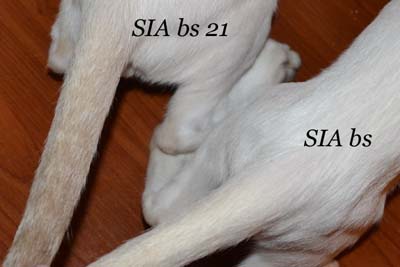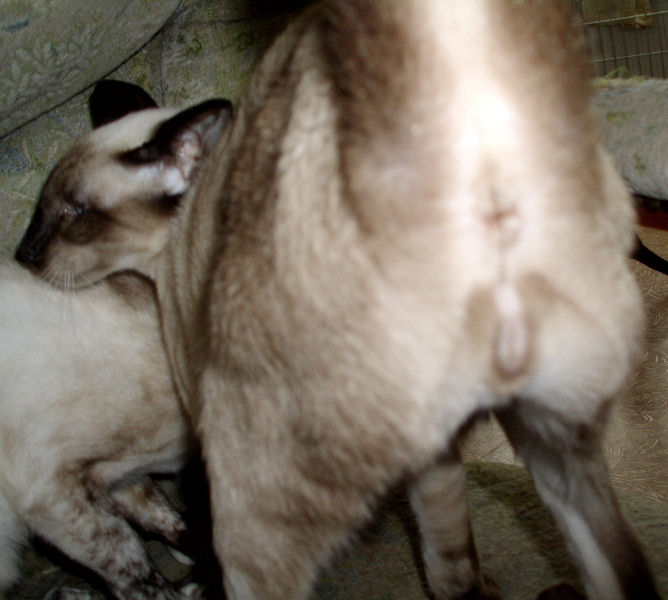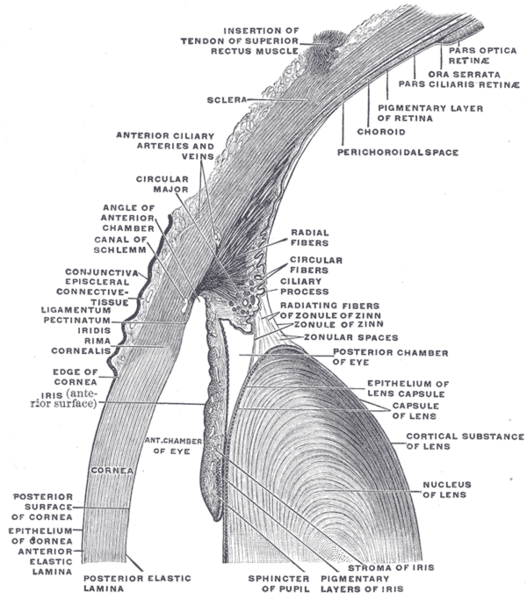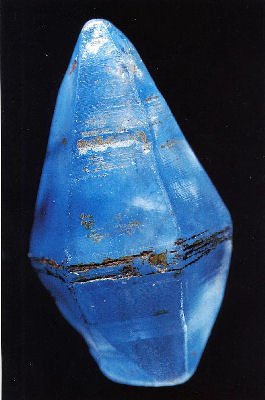_kl.jpg)
Classic Oris Amazing Azureblue Ė SIA x ns 21 (owner/photo: Melanie Bestmann)
How to recognize the silver point Siamese
by Harry Alstede
_kl.jpg)
Classic Oris Amazing Azureblue Ė SIA x ns 21 (owner/photo: Melanie Bestmann)
Due to the fact that the Siamese phenotype (cscs) doesn't exhibit enough melanin to show the effect of the silver gene and because the inhibitor gene in silver Siamese (cscsl-)already has a variable expression, it is still hard to identify all silver Siamese.
Richard Shrake, Arabian horse breeder, says: 'It's what you learn after you think you know it all that makes the difference!'
Coat and colour indicators
Lesley Morgan Blythe, Australian judge, advises to first test with your hands before you look for the other indicators.
The texture of the coat on silvers feels much softer. She used this method with some of the breeds because, like the Siamese and Seychellois, silver is not recognized.
The partially not with pigment filled hair shaft of the silver gene is empty, which has a refraction effect similar as the reflection of sunlight by ice crystals.
The 'empty' (de-pigmented) hair shafts could just be the cause why the coat of
silvers feel so soft.
On pointed cats, all-round judge, Eric Reijers discovered that the silver
exhibits a light silver triangle at the bottom of the tail.
Judge Hetty van Winsen noticed a lot of ghost markings on a Havana brown oriental short hair cat; in the end this male turned out to be a Chocolate smoke based on its offspring.
The nose leather of an agouti is normally brick red. On silver tabby points the nose is like washed out pink. The blue eye colour of the Siamese becomes blue like sapphire due to the pigment inhibitory of the silver gene on the back layer of the iris.
Silver Non silver
_kl.jpg)
_kl.jpg)
_kl.jpg)
_kl.jpg)
_kl.jpg)
_kl.jpg)

_kl.jpg)
Also the edges of the ears are silver-coloured on the inside. The coloured points of nose and ears are tarnished.

How does the silver gene operates
Around 1960 the few articles and books about cat genetics talked about the chinchilla-gene 'ch' which could be compared with the rabbit 'phenomenon chinchilla'. In the first edition (1971) of Roy Robinson's book 'Genetics for Cat Breeders' he stated that the silver gene (cch) would pertain to the same series as the Burmese (cb), Siamese (cs), Albino/blue irises (ca) and Albino/pink irises (c).Sometimes brown tabbies, back then known as Barrington Browns in the Oriental cats and now known as golden in the Persian cats, were born from silver registered parents, so that Keeler and Cobb's hypothesis from 1933, who interpreted the chinchilla factor as a recessive allele at the albino locus, was not correct at all, because the golden is fully pigmented (C) and it is impossible to have dominant (C-) fully pigmented kittens from recessive coloured parents (cch/cch).
Later, when the breeding results where re-examined by Roy Robinson and Patricia Turner, it became clear that the variable expression of the current dominant silver gene 'I' had misguided the researchers Keeler and Cobb.
The melanin inhibitor prohibits pigmentation in the weakest pigmented areas of the hair, particularly at the root and yellow (phaeomelanin) agouti areas on all tabbies.

This lead to pseudo solid black cats, who turn out to be black smoke, with a large overlap variety. Thence the silver tabby has a coat with a lighter undercoat colour just like the smokes, and the normally yellowish agouti bands and the fur on the belly have turned silver.
Due to the fact that silver Siamese are difficult to classify, R. Robinson's report (published in 1980 in the Journal of Heredity) has shown that the silver gene 'I' (Inhibitor) was not the result of a recessive gene on the same locus as the gene for Siamese, but that there is a dominant gene behind it on a totally different locus.
For almost 50 years people had accepted that silver was the effect of a recessive gene on the same locus as the Siamese.
Sapphire blue eye colour

Most colours in nature are based on pigments. That is why some flowers are red and others blue or green. The main pigment in eyes is the same as in skin and hair namely melanin. The degree of dispersion of the melanin in the iris has some influence on different eye colours. This might be strange as melanin is dark brown or black. How is it possible that this one-coloured pigment is responsible for such a variation of eye colours including blue, brown and green? It has to do with how much and where the melanin is made in the eye. The iris has 2 layers, one in the front and one at the back, containing pigment-producing cells. Between these layers lies an area that is called stroma.
The stroma mainly consists of water and proteins. One of the proteins is
collagen, which we will discuss at a later point.
Almost all eye colours have a large amount of pigment in the back layer. However, the largest difference in eye colour is due to the amount of pigment made in the front layer. For example: brown as well as blue eyes contain a lot of melanin in the back layer of the iris. The front layer of brown eyes also contains a lot of melanin where blue eyes do not.
That is why brown eyes are dark because the melanin in the front layer of the iris absorbs a lot of light. However, the front layer of blue eyes let the light pass the front layer of the iris and reflect the melanin at the back of the eye.
But the light does not reflect completely through an empty stroma. The collagens in the stroma precludes the light on its way back to the eye. When the light hits the collagens it bends the light and the blue looks like a cloudless sky. The sky seen from space is dark but seen from earth it appears blue and not black. Sunlight touches the particles in the atmosphere and reflects it as blue.
This is called Rayleigh scattering effect.

Temperature sensitive tyrosinase Siamese
When temperature rises, the enzyme tyrosinase loses the ability to produce tyrosine in the molecular precursors of the pigments. This enzyme can therefore only be active in a relatively cold environment. The Siamese mutation cs is reflected in the catís colder skin areas (mask, ears, legs and tail) and a lighter pigmentation in the warmer parts of the skin. In combination with the silver gene it enters a dual inhibiting effect on the pigment especially on the warmer parts of the skin (such as chest and the tubular body) of the silver point.